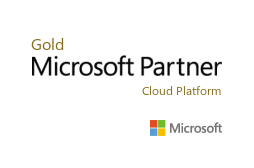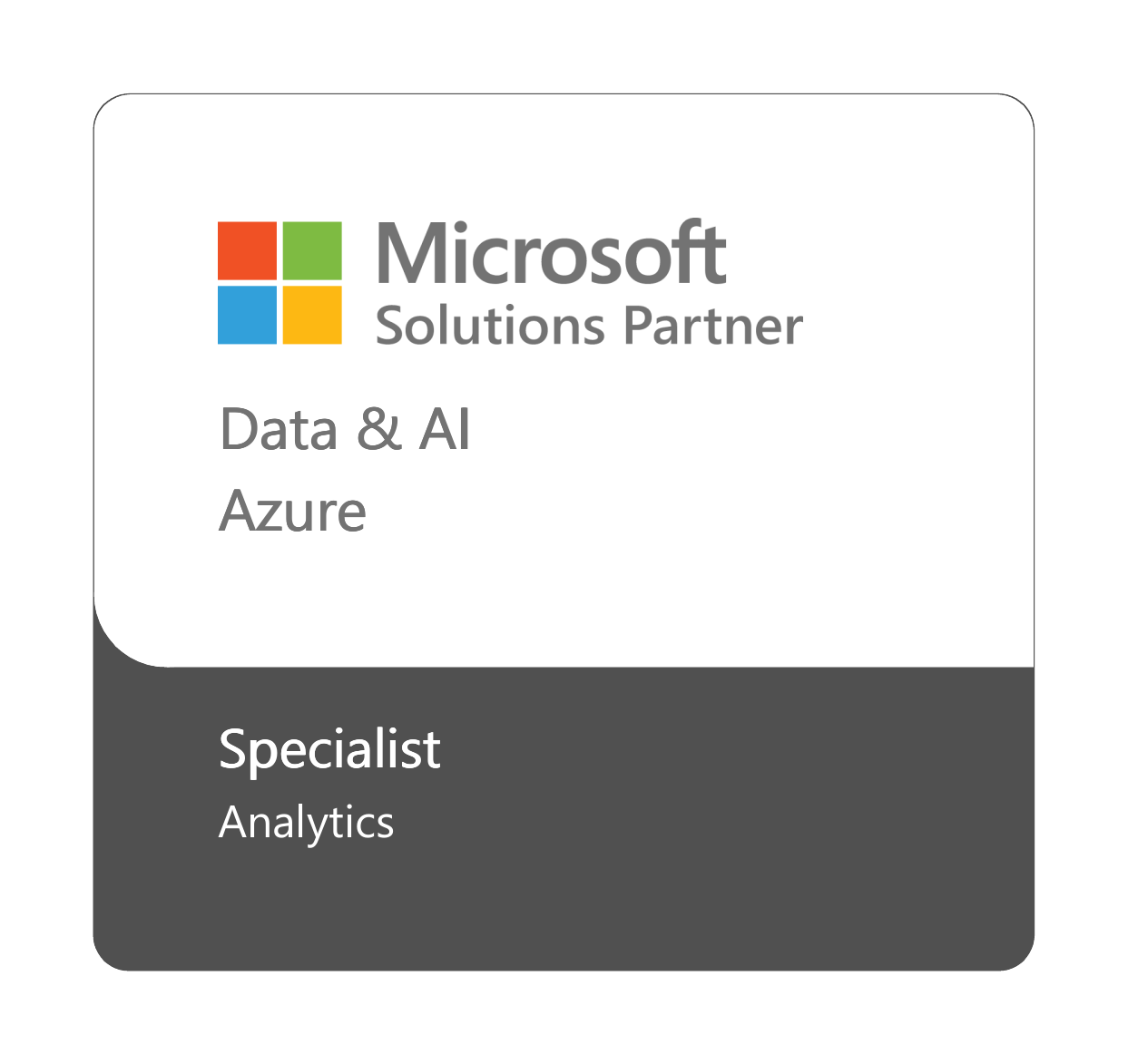 element61 is a Gold Microsoft Partner and offers support on the end-to-end BI and analytics solutions including Azure.
element61 is a Gold Microsoft Partner and offers support on the end-to-end BI and analytics solutions including Azure. The October 2005 launch of SQL Server 2005 was Microsoft's successful entry into the Business Intelligence & Datawarehousing market. The solution consisted of state-of-the-art Analysis Services as OLAP engine, a robust SQL server data warehouse layer and Integration Services as ETL solution. Very quickly, SQL Server gained important market share, certainly as a relational layer, in the Data Warehousing space. Later Reporting Services and Business Scorecard Manager attempted to offer a complete Business Intelligence offering. User-friendly end-user tools remain Microsoft's major challenge, despite additional advances in the good direction with Excel 2007, part of Office 2007.
The October 2005 launch of SQL Server 2005 was Microsoft's successful entry into the Business Intelligence & Datawarehousing market. The solution consisted of state-of-the-art Analysis Services as OLAP engine, a robust SQL server data warehouse layer and Integration Services as ETL solution. Very quickly, SQL Server gained important market share, certainly as a relational layer, in the Data Warehousing space. Later Reporting Services and Business Scorecard Manager attempted to offer a complete Business Intelligence offering. User-friendly end-user tools remain Microsoft's major challenge, despite additional advances in the good direction with Excel 2007, part of Office 2007.The 2007 launch of Performance Point Server was supposed to complete the picture for Microsoft's Performance Management by offering a Planning & Budgeting solution, combined with Scorecarding & Dashboarding components from the acquired ProClarity. It only partly came as a surprise to see Microsoft decide to stop competing in the CPM market in early 2009, marking the importance of a good partner channel to be successful in Performance Management.
In 2008, SQL Server 2008 was released, followed by the release of SQL Server 2008 R2 in 2010. With these releases, Microsoft continued to extend and enhance the BI platform they introduced with SQL Server 2005. Performance of many features was enhanced and Reporting Services received extra visualizations. SQL Server 2008 R2 also brought the introduction of Master Data Services and a first version of PowerPivot. All these enhancements made sure Microsoft remained one of the top contenders in the BI market.
With the 2012 launch of SQL Server 2012 and the anticipated Office 2013, Microsoft reaches another milestone in its BI & Data Warehousing strategy, introducing Power View, an improved and enhanced Master Data Services and Data Quality Services, next to a whole series of improvements in the existing components. Another milestone is the introduction of columnstore technology into the database engine, pushing performance even further. Furthermore, Analysis Services Tabular was introduced, an in-memory column-based model with blazing fast performance.
SQL Server 2014 was released in the year 2014 but focused mostly on the in-memory OLTP engine. There are some enhancements for the columnstore indexes, making them easier to use and more flexible.
In June 2016, SQL Server 2016 was launched and is regarded as the release with the biggest impact on BI. The Reporting Services portal has been completely rewritten and allows the integration of mobile reports and KPIs, made possible by the Datazen acquisition. The Tabular model has been greatly improved, Integration Services has improved manageability and better connectivity to cloud and big data and Master Data Services has been revamped and improved. The database engine itself has multiple enhancements for performance and has new features to make data warehousing easier, such as row-level security, system-versioned history tables, better and more flexible columnstore indexes and so on. With this release, Microsoft has pushed itself to be one of the top BI vendors with a more complete vision and roadmap for BI and data warehousing.
In October 2017, SQL Server 2017 was released with lots of new features and improvements. These improvements also represent a major step towards various development languages, data types, cloud and operating systems by bringing the power of SQL to Linux and Windows.
element61 considers Microsoft BI & DW technology as an important component of Performance Management architectures, be it either as a data warehouse foundation or even increasingly- as a complete end-to-end Business Intelligence solution.
With a team of seasoned Microsoft Business Intelligence professionals working with the Microsoft BI stack for over a decade, element61 is your ideal partner for implementing your Microsoft BI environment. We can help in designing the architecture for you, choosing the right tools from the stack, and assisting in coaching and/or implementing your desired Microsoft BI environment. But also when you have an existing environment, we can help you in upgrading to the latest version or doing an assessment of the existing solution to check if it applies to industry and/or technical standards and best practices.
Contact us for more information on our Microsoft Business Intelligence Competence Center.